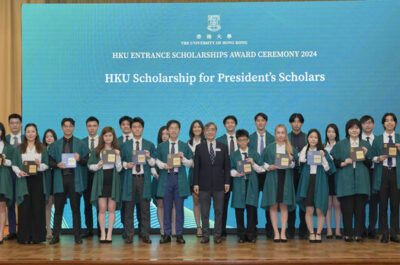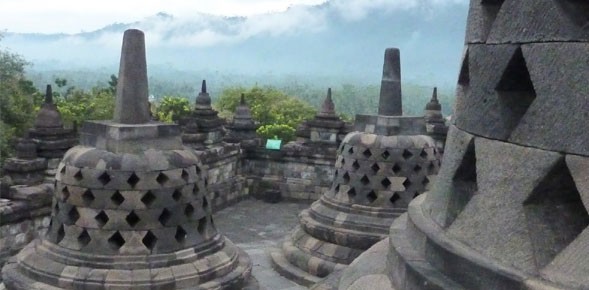Central Java is one of Indonesia’s favourite destinations for travellers thanks to the presence of Borobudur and Prambanan temples, both UNESCO world heritage sites. An interview with Purnomo Siswoprasetjo, President of PT Taman Wisata Candi.
YOGYAKARTA- Since its inception in 1991 in UNESCO World Heritage List, both temples complex of Borobudur and Prambanan in Central Java have turned into major attractions for travellers. Management is under the State company PT Taman Wisata Candi, which is responsible for operations at Borobudur, Prambanan but also Ratu Boko temples under the supervision of UNESCO. Temples have been carefully restored with landscapes being redesigned to preserve the amazing structures of thousand-year old structures. Over the last ten years, PT Taman Wisata Candi processed with fundamental changes in the way to accommodate a growing number of travellers. “We now receive up to three million visitors to Borobudur including 300,000 from foreign countries; Prambanan temple records a million visitors per year including 15% of foreigners,” explains Purnomo Siswoprasetjo, President of PT Taman Wisata Candi. Although temples are visited all year around, the high season occurs mostly from May to October.
Crowding temples is a problem faced by many heritage sites these days and Borobudur/Prambanan are no exception to the rule. “We try to provide a pleasant visit for all visitors but we are confronted with peak movements, especially during school holidays and over the week end. We now encourage people to visit surrounding areas to reduce the pressure on our temples”, says Siswoprasetjo. PT Taman Wisata Candi is looking to cooperate with local governments to let travellers knowing about other temples in the area. “We would like to find a partnership with local prefecture authorities running temples such as Plaosan and Sojiwan temples near Prambanan as well as Mendut and Panon temples near Borobudur. We could look at creating new circuits which would take some of the pressures out of our own sites and generate more revenues for other areas in the region”, he adds.
Alleviate traffic to the temples could also happen if a few more hotels could accommodate travellers near the sacred sites. “Most of the travellers come to Borobudur for a few hours and stay generally in Yogyakarta. We are now looking at ways at cooperating with local people to create new hotels around the temples. There is probably a need for two to three more hotels around Borobudur to accommodate the demand, mostly in the three-to four-star category. We still believe that it would contribute to bring more activities and then variety in tourism products for the Borobudur area”, tells Siswoprasetjo.
However, enticing travellers to venture outside the temples compounds will also request training guides and travel agencies programming tours. “Most of the travellers come on a package tour or with a local guide. But most locals have only little knowledge about alternative places to visit. We now need to set up training programs with the association of travel agencies as well as the association of tourist guides to be sure that the travel industry gets aware of the alternative possibilities available for tourists”, concludes Siswoprasetjo.
Luc Citrinot a French national is a freelance journalist and consultant in tourism and air transport with over 20 years experience. Based in Paris and Bangkok, he works for various travel and air transport trade publications in Europe and Asia.





![[PR] PR_Ascott and Vimut Hospital_2024](https://www.traveldailynews.asia/wp-content/uploads/2024/04/PR-PR_Ascott-and-Vimut-Hospital_2024-400x265.jpg)




























































